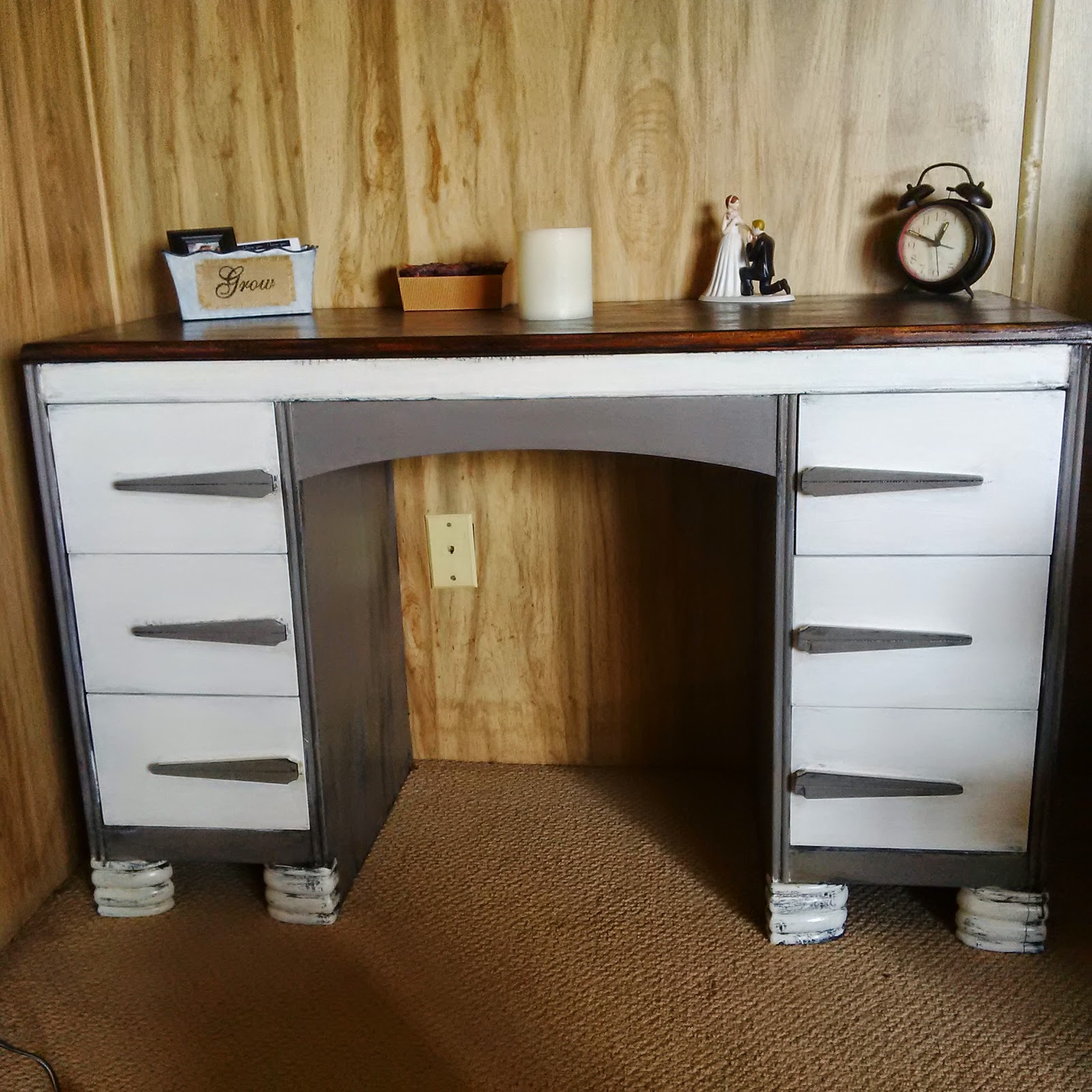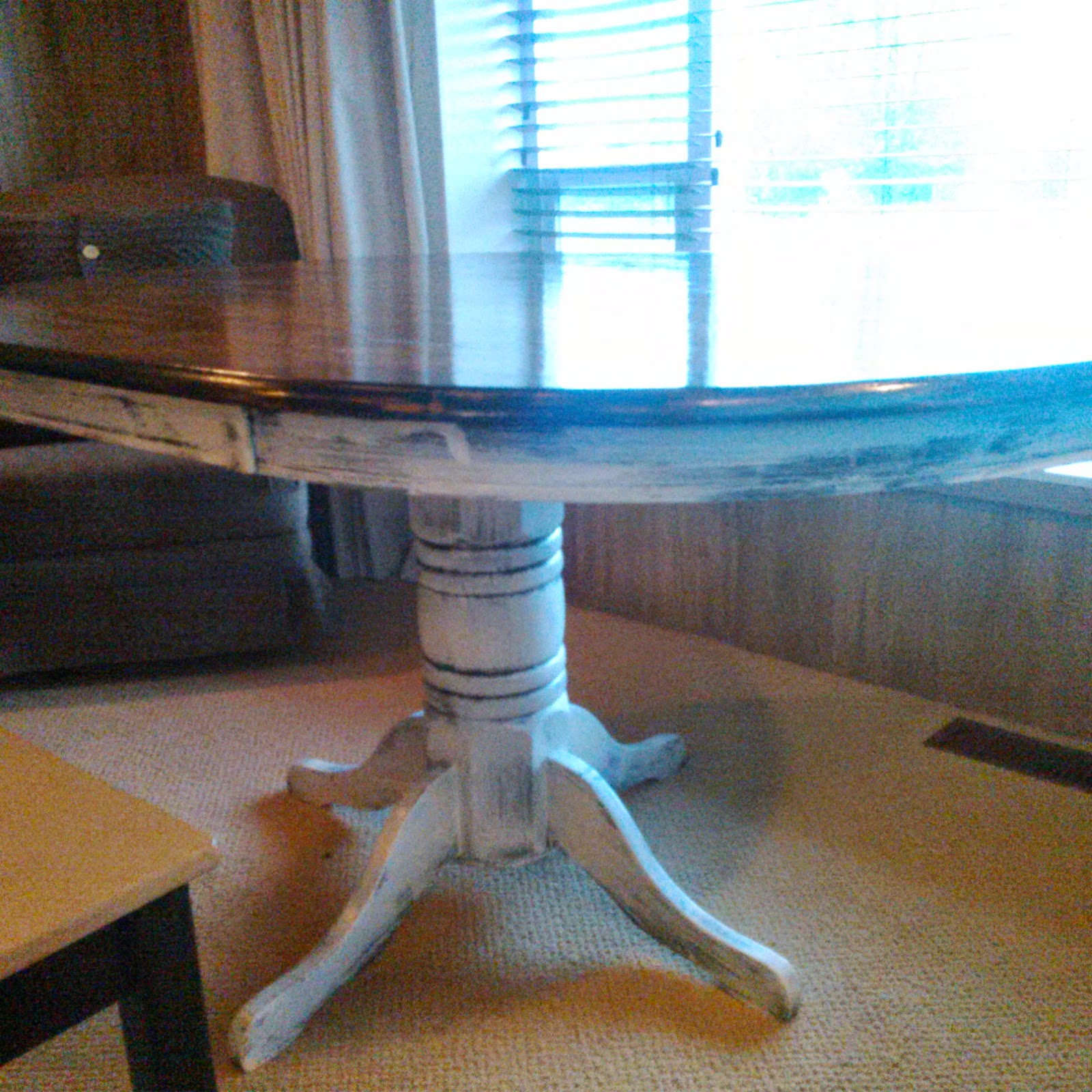Hey everyone! Today I thought I'd share some photos from my most recent craft -painted mason jars. These are so much fun to make, look cute and are inexpensive to do! After seeing photos all over Pinterest and stores selling them with their own special paint products, I figured I'd see if I could make it happen but with regular paint. I'm dutch, so I come by my cheapness honestly. ;) This is the first jar I painted, the one used in the sand ceremony at my wedding. I loved how the raised lettering on the jar gave it a lot of extra character. After I showed my mom a photo of this jar, she enlisted my help in making some for her home. The tools I used were: basic acrylic paint (I bought mine at the dollar store), polyurethane, and nail files. The polyurethane I used was called Varathane in a satin finish so that the jars would had a flat painted look, as opposed to a glossy finish.

We wanted to choose a variety of colours, the red looks so autumnal, I think it was my favorite! We used two coats of paint and after the jars were completely dried, I distressed them using the nail file to gently rub the paint off of the raised lettering. Once the distressing was done, we put a coat of Varathane to protect the paint from chipping and let it dry. If you plan on using the jars as vases, I'd recommend using a couple of coats of Varathane to protect the paint from any exposure to water.
I left this jar without any Varathane since I wasn't going to use it for a vase, and liked the way it looked on it's own.
This is such a fun project! As long as you don't mind getting a little paint on your hands (don't worry, it washes off easily), this popular look can be all yours! :)















































